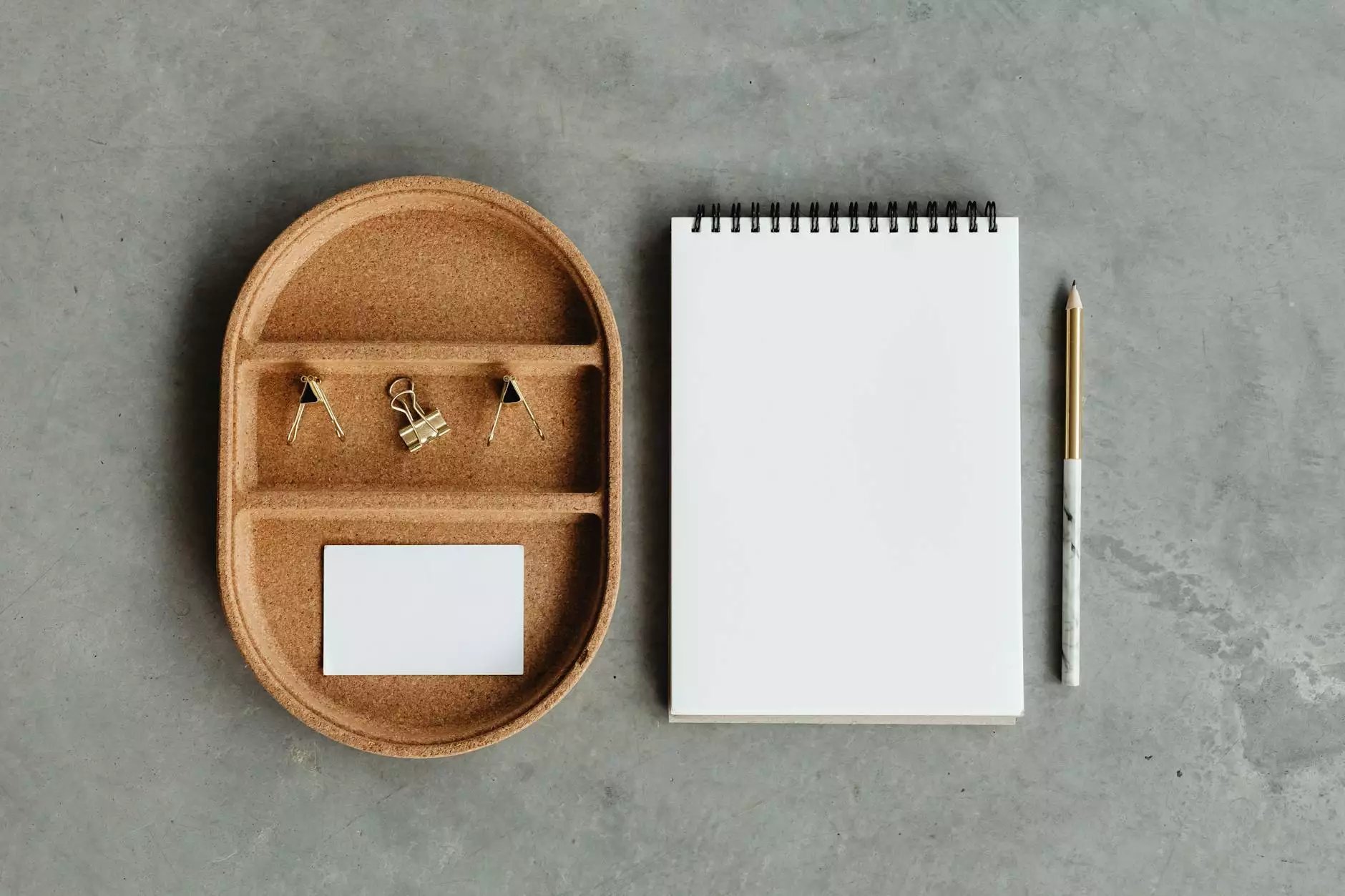Architectural Model Making: The Essential Craft for Architects

In the realm of architecture, the ability to visually communicate a design concept is crucial. Architectural model making serves as a vital method for architects to present their ideas, engage clients, and refine their visions. This detailed guide delves into the world of architectural model making, illuminating its significance, techniques, materials, and best practices.
What is Architectural Model Making?
Architectural model making is the process of creating scaled physical representations of buildings and structures. These models can vary in size, complexity, and purpose, ranging from simple concept models to intricate presentation models. The act of making models allows architects to explore their designs three-dimensionally, providing a tangible object to analyze spatial relationships, proportions, and aesthetics.
The Importance of Architectural Models
Architectural models fulfill several critical roles in the design and presentation process:
- Visualization: Models help both architects and clients to visualize the final product effectively.
- Communication: A physical model can facilitate discussions and feedback from stakeholders, ensuring everyone is aligned with the vision.
- Design Exploration: By manipulating a physical object, architects can experiment with materials and forms more effectively than with digital models alone.
- Problem Solving: Building a model can often reveal design flaws that might not be apparent in two-dimensional drawings.
- Marketing Tool: High-quality presentation models can impress clients, investors, and local communities, showcasing an architect's vision compellingly.
Types of Architectural Models
Architectural models can be categorized based on their purpose and level of detail. Here are the primary types:
1. Conceptual Models
Conceptual models are often the first step in visualizing a design. They are typically simple and abstract, focusing on the massing, form, and basic functions rather than intricate details. These models allow architects to experiment with ideas quickly.
2. Design Development Models
Once a concept has been established, architects create design development models that incorporate more details. This type of model reflects design intent and includes aspects such as window placements, room dimensions, and the relationship between spaces.
3. Presentation Models
Presentation models are highly detailed and visually striking. They are used to present designs to clients, public stakeholders, or during competitions. These models often employ high-quality materials and finishes to create an appealing representation of the proposed structure.
4. Working Models
Working models emphasize functionality and construction feasibility. They may include moveable parts or be constructed to test specific elements like sunlight exposure or airflow. These models assist architects in determining how a design will work in real life.
Materials Used in Architectural Model Making
The choice of materials is crucial in architectural model making, influencing not only the model's appearance but also its durability and ease of construction. Common materials include:
- Foam Board: Lightweight and easy to cut, foam board is popular for conceptual models.
- Balsa Wood: A favorite among model makers for its lightness and ease of manipulation, balsa wood is ideal for detailed models.
- Acrylic Sheets: Clear acrylic is often used to represent glass windows and areas where transparency is needed.
- Cardboard: Economical and readily available, cardboard is a versatile option for various models.
- 3D Printing Materials: As technology advances, many architects turn to 3D printing for precise and intricate designs.
Steps to Create an Architectural Model
Creating a successful architectural model involves a series of well-defined steps:
1. Planning and Research
Before any physical work begins, thorough planning is essential. This involves understanding the design intent, gathering necessary information, and deciding on the scale and type of model to create.
2. Sketching and Design Development
Sketch initial designs and concepts. During this phase, architects often experiment with form and layout, refining their ideas before moving on to the model-making phase.
3. Material Selection
Choose appropriate materials based on the type of model being created. Consider factors like cost, availability, ease of use, and desired aesthetic results.
4. Cutting and Assembling
Use tools and techniques tailored to the chosen materials to cut and assemble the model. Precision is key during this phase to ensure that the model accurately represents the architectural design.
5. Detailing and Finishing Touches
Once the basic structure is complete, add details like textures, colors, and other specifications that enhance realism and visual appeal.
6. Presentation
Prepare the model for presentation. Use appropriate lighting and settings to highlight the model's features effectively.
Best Practices for Architectural Model Making
To achieve excellence in architectural model making, consider the following best practices:
- Maintain Scale: Always adhere to the selected scale for consistency and accuracy in representation.
- Focus on Proportions: Ensuring correct proportions helps viewers understand the design's true intent.
- Pay Attention to Detailing: Intricate details can significantly enhance the model's overall impact.
- Seek Feedback: Share your models with peers and clients for constructive feedback that can lead to improvements.
- Utilize Technology: Consider integrating technology, such as 3D modeling software, to visualize concepts before creating physical models.
Challenges in Architectural Model Making
While architectural model making is rewarding, it does come with its own set of challenges:
1. Time Constraints
The model-making process can be time-consuming, especially for intricate designs. Balancing time management with quality outcomes is essential.
2. Material Limitations
Some materials may not achieve the desired effect or may pose challenges during assembly. Understanding material properties is crucial for overcoming these obstacles.
3. Accurate Representation
Maintaining accuracy in proportions, scale, and details can be challenging. Continuous reference to design documents is vital.
Conclusion: The Future of Architectural Model Making
The field of architectural model making continues to evolve alongside advancements in technology and design practices. As architects increasingly adopt digital tools for visualization and modeling, the importance of physical models remains paramount in effectively communicating design concepts. A well-crafted model not only showcases an architect's creativity but also serves as a powerful tool for fostering collaboration, refinement, and clarity throughout the design process.
Whether you are an aspiring architect or an established professional, mastering the art of architectural model making will undoubtedly enhance your toolkit and elevate your architectural practice. Embrace this essential skill to bring your visions to life and inspire others in the field.



